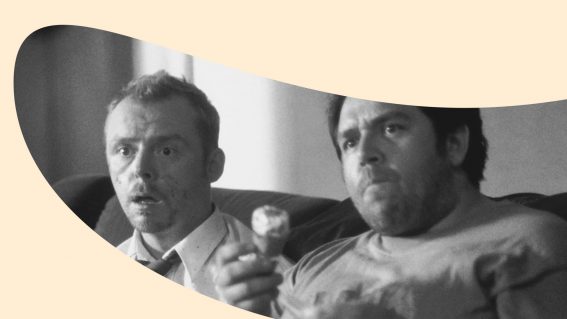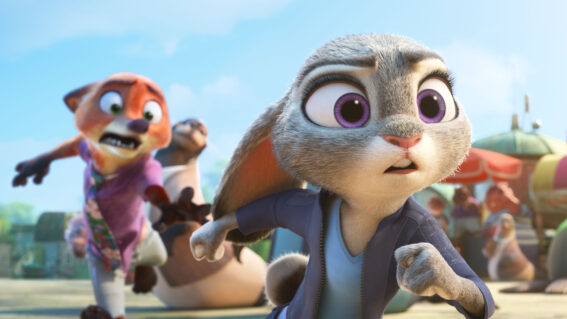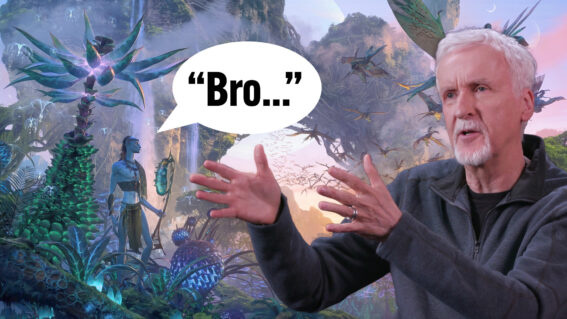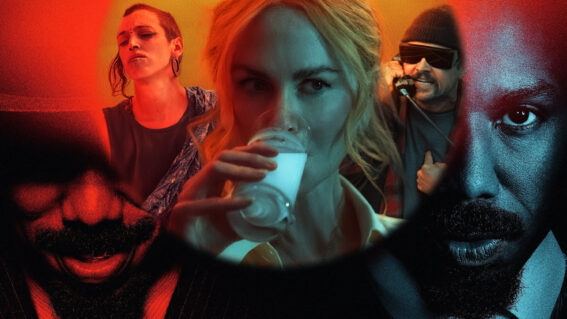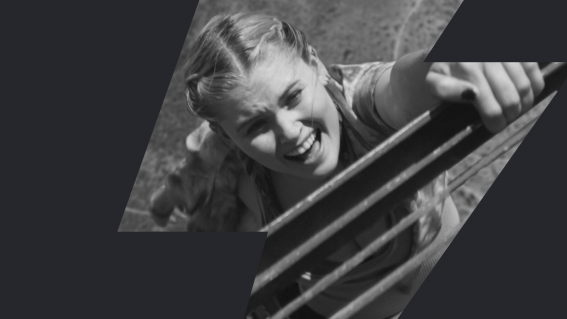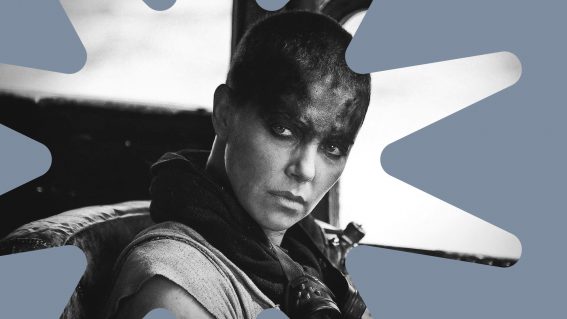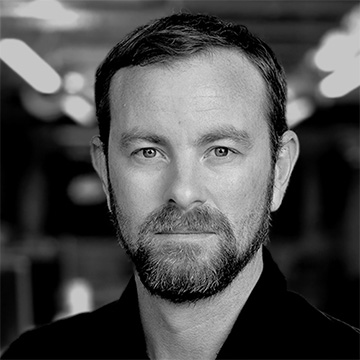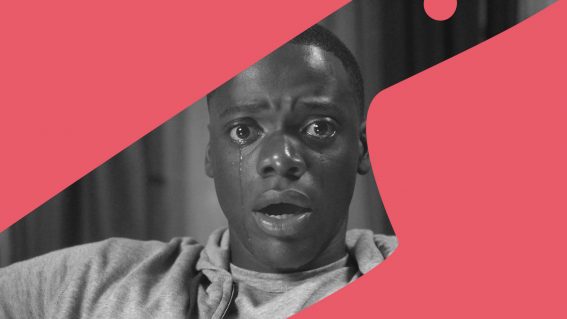Surfers and sharks: A unique Aussie masculinity lurks under the surface
Two new films join a long line of disturbing masculine Australian screen archetypes.

Australian cinema has long benefitted from how Aussie ideas of masculinity contrast with the archetypes put forward by the American cinematic tradition.
At a glance, speaking superficially and generally, Australian males could be ideally characterised as toughened frontiersman, and not a million miles away from the defining masculine American cinematic archetype: the cowboy.
Related reading:
* Watch our Bring Her Back interview with the Philippou brothers
* The best movies of 2025 so far… and where to watch them
* Babygirl and Nicole Kidman’s commitment to female directors
But there’s always been something else happening under the surface with Aussie movie men, and it has continued to evolve over the years, with two new movies—The Surfer and Dangerous Animals—serving as hilarious reminders of how much things can be enhanced when filmmakers and performers lean into these ideas.
In both films, overtly menacing alpha type guys intermittently undercut their aggression with a blokey familiarity that disarms the subject of their ire. It’s difficult to imagine either scenario feeling quite as natural outside an Aussie context.

In The Surfer, Nicolas Cage tussles with a surfer gang that won’t let him ride the waves at a beach they deem reserved for locals. Earlier on, he’s principally tormented by a succession of young Aussie ratbags who taunt and scream at Cage in a schoolyard manner that feels specifically antipodean. It’s amusing and triggering at the same time.
Later, Cage has a minor interaction with an impatient customer at a coffee cart. Although this guy appears to be a businessman, he subsequently gets suddenly physical with Cage, showing himself to be a member of the ‘Bay Boys’.
But it is the leader of the Bay Boys where this film really cooks in this regard.
Presenting themselves as old school badass surfers, it is revealed that these guys are more like yuppie posers, typified by their leader Scally (Julian McMahon), a trustafarian whose father developed the land in the area. Scally is also a guru of sorts who preaches about suffering and being a real man and leads corporate retreats.
McMahon is initially overtly antagonistic, but as the situation evolves, he easily and manipulatively slides into other areas of downhome Aussie maleness—being a family man, a mate, a charmer and a party pal. One moment he looks like he’s gonna kill you, the next he’s offering you food. All while dressed in a bright red oodie.

There’s no way an American alpha would allow themselves to be adorned in such a non masculine attire while attempting to embody such menace.
Perhaps it is informed by New Zealand’s “little brother” status alongside Australia, but I found it all super chilling.

Although it is arguably the more sadistic film, Dangerous Animals plays this sort of thing a bit more for laughs.
And after years of Hollywood not quite knowing what to do with Jai Courtney after an unsuccessful push to make him an action lead (in films like Terminator: Genisys and A Good Day to Die Hard), he finally has a role that suits him perfectly.
He plays Tucker, who operates a cage diving boat in Surfers Paradise, and carries himself with a casual ocker cockiness that befits being a serial killer who feeds his victims to sharks while obsessively filming it on a vintage VHS camera.
Not a lot of serial killers could get away with singing Baby Shark, but Courtney makes it work. His general sunniness helps keep the tone of the film up throughout all the awfulness, then gets increasingly disturbing as we spend more and more time with him. And that’s before he dances around in his Y-fronts.
It’s not a deep characterisation, but the alacrity with which Tucker jumps between pure malevolence and “just josslin’ ya!” charm is relentlessly engaging and appreciably specific to its setting.

Two Hands

Mr Inbetween
It brought to mind one of my favourite earlier examples of how Aussie blokeyness can subvert traditionally masculine archetypes—Two Hands (1999), in which ruthless Sydney gangsters sit around in stubbies giving each other shit in between dishing out beatings and murder instructions.
Many subsequent movies (and shows) struggled to replicate what turned out to be a somewhat intangible dynamic, and the best other example I can think of is the criminally underseen TV series Mr Inbetween (2018-21) where creator/writer/star Scott Ryan did some fascinating stuff with the conflict between general Aussie low key vibes and underworld enforcement.

Animal Kingdom

Wake in Fright
The dynamic informed the somewhat dour Animal Kingdom (2010), about a family of Aussie gangsters. The film presented such a fresh idea of gangster masculinity that practically the entire cast (including Ben Mendelsohn and Sullivan Stapleton) became hot stuff in Hollywood after the film came out. The Americans were crying out for something new in this area, and Animal Kingdom gave it to them.
The Surfer takes some clear tonal inspiration from Wake In Fright (1972), which has had a huge (Tarantino-informed) second life in the last decade or so, and is perhaps a foundational text on complicated Aussie masculine archetypes.
There’s a considerable homoerotic subtext (or rather, text) in Wake In Fright, which is another element of explorations of masculinity that most American films on the topic are afraid to touch.

Think of Mad Max 2/The Road Warrior (1981), arguably the most successful Australian film ever made. The main bad guy, Wez (Vernon Wells, who would go on to tussle with Arnie in Commando), has a blonde rent boy on a chain attached to him. Sure, Wez is the bad guy, and they maybe justified this with homophobic rationales, but it’s still hard to imagine this happening with a character of similar stature in an American film of the same era.
It’s clear that Americans find something oddly alluring about the way Australians evoke and undercut masculine archetypes (it’s why Crocodile Dundee was a thing, and why Russell Crowe has a career) and it’s even more interesting from a New Zealand perspective, where we are conscious of the imperceptible (to most) differences to our big brother country.
The Surfer and Dangerous Animals are two great examples of the cinematic gold that can be spun from such hay, mate.















